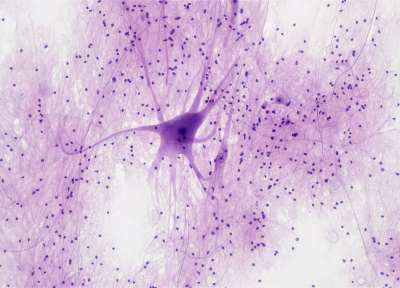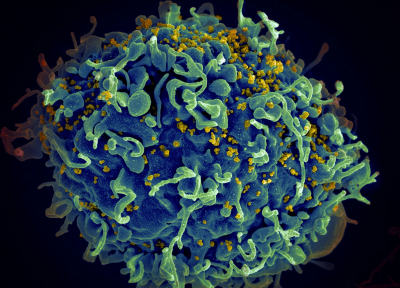What is the Immune System?
Learn about the immune system and how it works to keep you healthy.
On This Page:
Overview
The immune system is the body’s defense mechanism to keep you healthy. It is a complex network of cells, tissues, and organs that work together to identify and eliminate pathogens. The immune system intersects with almost every aspect of human health and disease. When it is functioning correctly, it keeps you from getting sick. When the immune system malfunctions, you can develop diseases like cancer or autoimmune disorders.
Key Points
- The immune system helps protect you from outside invaders like bacteria and viruses, promotes healing from injuries, and prevents cancer.
- The immune system is made of two arms: the adaptive and the innate immune systems.
Functions of the Immune System
The immune system works hard to keep you healthy. It does this by preventing pathogens from entering the body, destroying pathogens that do enter the body, and limiting the damage pathogens can cause. The immune system also promotes healing the body when damage does occur either from pathogens or cuts and scrapes.
There are many ways the immune system does these various functions. The immune system can tell the difference between cells that are yours and cells that do not belong in your body, like pathogens or cancer cells. The immune system can send signals to identify and kill pathogens. It can then send more signals to turn off the immune response once it is finished. The immune system is also able to learn from experience and remember pathogens it encounters to respond quicker the next time. This part of the immune system is what allows vaccines to be successful.
The immune system is not perfect. Sometimes, the immune system does not recognize and kill dangerous cells, which can lead to cancer. Other times, the immune system accidentally makes antibodies to parts of your own body, which leads to autoimmune disorders.
Innate vs. Adaptive Immunity
The immune system is made of two branches: innate and adaptive immunity.
Innate immunity is the body’s first line of defense, this includes physical barriers like the skin, mucous membranes, and immune cells that rapidly detect pathogens and kickstart the immune response. It doesn’t need training to determine the difference between cells that belong in your body and those that do not.
Adaptive immunity is the protection your body gains over time from exposure to pathogens. This branch of the immune system recognizes, eliminates, and remembers previously encountered pathogens.
Sources
- Jain, A., Marshall, J., Buikema, A., Bancroft, T., Kelly, J. P., & Newschaffer, C. J. (2015). Autism Occurrence by MMR Vaccine Status Among US Children With Older Siblings With and Without Autism. JAMA, 313(15), 1534. https://doi.org/10.1001/jama.2015.3077
- Taylor, B., Miller, E., Farrington, Cp., Petropoulos, M.-C., Favot-Mayaud, I., Li, J., & Waight, P. A. (1999). Autism and measles, mumps, and rubella vaccine: no epidemiological evidence for a causal association. The Lancet, 353(9169), 2026–2029. https://doi.org/10.1016/s0140-6736(99)01239-8
- Madsen, K. M., Hviid, A., Vestergaard, M., Schendel, D., Wohlfahrt, J., Thorsen, P., Olsen, J., & Melbye, M. (2002). A Population-Based Study of Measles, Mumps, and Rubella Vaccination and Autism. New England Journal of Medicine, 347(19), 1477–1482. https://doi.org/10.1056/nejmoa021134
Related Topics
Downloads
External Resources
Latest News


